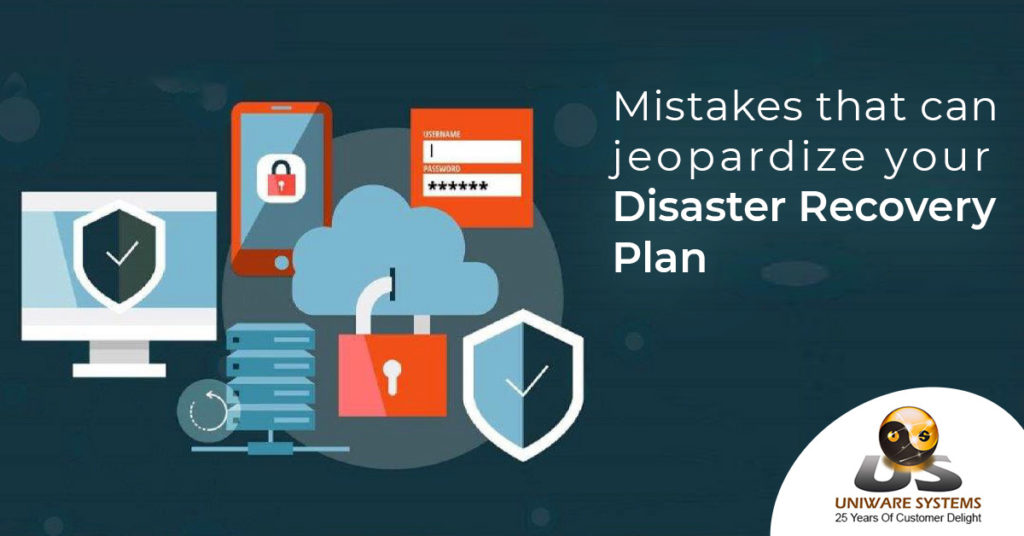
While it’s important to have a disaster recovery plan, many companies do not, because they don’t know what mistakes to avoid when putting it together. Here are the top 3 mistakes businesses make when creating their disaster recovery plan:
1. Not testing the DRP regularly enough, or not at all.
It’s vital that every component of the DRP is properly tested, including the backups themselves. A disaster recovery plan should be something you revisit on a regular basis, at least once a year. It’s also important to keep it up-to-date with any changes that might happen in your infrastructure or business processes. The best way to test a DRP is to simulate an actual disaster. Testing is also important for employees who need to be comfortable using it when the time comes.
2. Failing to have an effective backup system
While it may seem obvious, the most common mistake businesses make is not having a backup system in place. This can be anything from a hard drive to an offsite server. Having a backup system in place is the first step to creating a disaster recovery plan. The next step is to determine what data needs to be backed up. You can back up the entire system, or you can choose to back up only specific data. If you decide to back up only specific data, you must decide which data needs to be backed up. For example, you might decide to back up only the data files that have changed since the last backup. You can also choose to back up specific types of data, such as databases or application files.
3. No protection from Malware or data corruption.
When trying to recover the data after a disaster, organizations often come across corrupt files. Malware and data corruption is the most popular reason for this situation. The file might get corrupted due to improver saving or some technical errors like a power failure. And organizations without advanced cyber security systems may encounter malware in their system. This is why we need to invest in a disaster recovery solution capable of identifying such threats in advance and ensuring safe recovery with uninfected backups as explained below. Another proven way for detecting inadvertent changes and protecting businesses from data corruption is cyclic redundancy checking, also known as CRC integration.
Are you confident about the Disaster Recovery Plan installed in your organization?
Entrust your IT security in the hands of Uniware, the best cyber security solution providers in Chennai. The professional team from Uniware can assist you with setting up a flawless Disaster Recovery Plan that can practically help you to continue business, even if you are in the middle of a catastrophe. Contact the experts of Uniware to know more about the service. Call Now!







